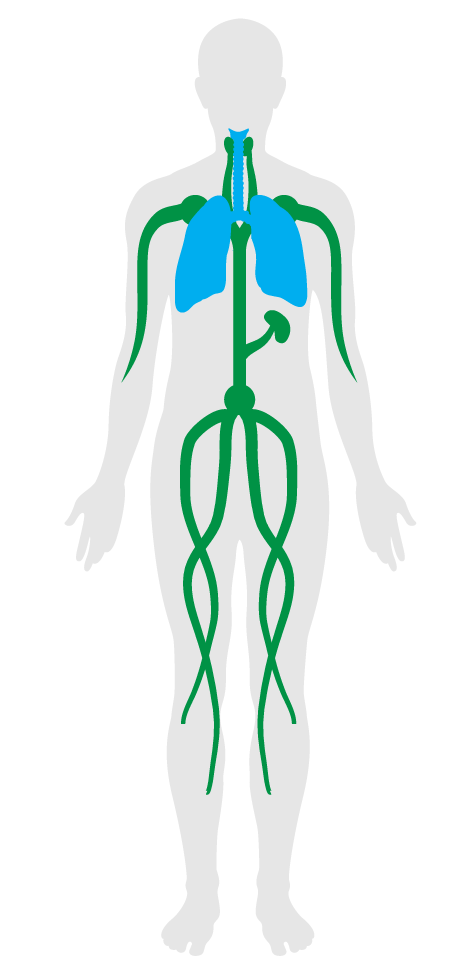Pest control
Features/Air/Feature 22
- 01 Air quality standards
- 02 Smoking ban
- 03 Ventilation effectiveness
- 04 VOC reduction
- 05 Air filtration
- 06 Microbe and mold control
- 07 Construction pollution management
- 08 Healthy entrance
- 09 Cleaning protocol
- 10 Pesticide management
- 11 Fundamental material safety
- 12 Moisture management
- 13 Air flush
- 14 Air infiltration management
- 15 Increased ventilation
- 16 Humidity control
- 17 Direct source ventilation
- 18 Air quality monitoring and feedback
- 19 Operable windows
- 20 Outdoor air systems
- 21 Displacement ventilation
- 22 Pest control
- 23 Advanced air purification
- 24 Combustion minimization
- 25 Toxic material reduction
- 26 Enhanced material safety
- 27 Antimicrobial activity for surfaces
- 28 Cleanable environment
- 29 Cleaning equipment
- P9 Advanced cleaning
Pest control
Intent:
To reduce the presence of pests in buildings and minimize occupant exposure to pest-related allergens.
BACKGROUND
Unhygienic conditions lead to the presence of pests and dust mites, which are common sources of indoor allergens. Their bodies, feces and saliva contain allergens which can trigger asthma and allergic reactions in susceptible individuals. Asthma can also be compounded by sensitivity to other allergens; up to 60% of individuals with asthma who live in urban environments also have a sensitivity to cockroach allergens.
The following are met:
a.
All non-refrigerated perishable food, including pet food, is stored in sealed containers.
b.
All indoor garbage cans (except paper recycling bins) less than 113 liters [30 gallons] have lids and hands-free operation, or are enclosed by cabinetry in an under-counter pull-out drawer, with a handle separate from the trash can.
c.
All indoor garbage cans greater than 113 liters [30 gallons] have a lid.

